Review: Fujifilm X-T4 – The Ultimate Fuji X Camera
Full disclosure: I’ve been shooting with the Fujifilm X cameras for a few years now, beginning with the X-T20 back in 2017, and then progressing to the X-T2 and X-T3. Thanks to Digidirect Cannington, I had the opportunity to use the Fujifilm X-T4 over a few days for review purposes. I’m not affiliated with Fujifilm Australia.
When news of the pending release of the Fujifilm X-T4 appeared on the Internet, pundits were both curious and excited to find out what new features this new incarnation of Fujifilm’s vaunted X-T line would reveal. There were whispers of in-body image stabilisation (IBIS) as well as improvements on the already excellent Fujifilm X-T3, a camera that was known to be near perfect for both stills and video.
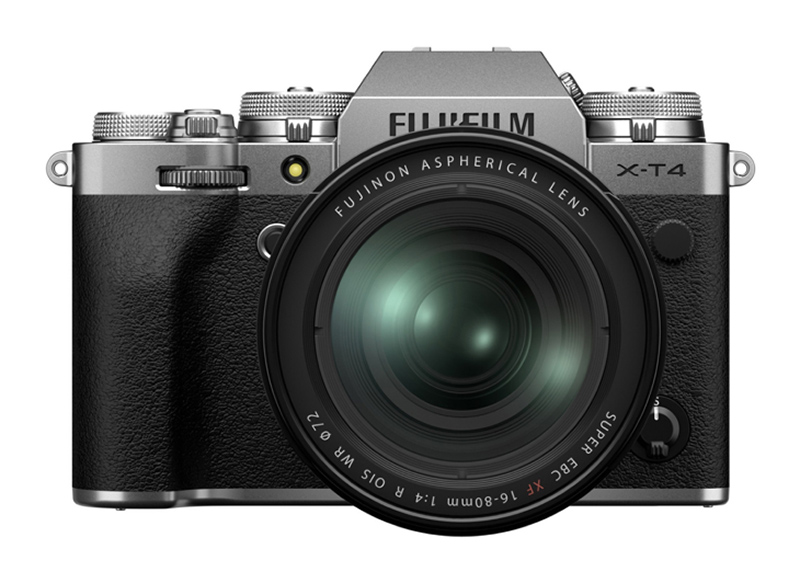
As most suspected, the Fujifilm X-T4 was announced with IBIS, truly a cause of celebration, but packed in this new release are a number of real improvements that raise the already high bar set by the X-T3.
The X-T4 is the X-T3 on steroids. It’s as if Fujifilm has taken all the goodness of the X-T3 and amped it up further, giving photographers more performance in a body that’s only just slightly bigger than the X-T3. I love the Fujifilm X-T series of cameras for their compact mirrorless bodies, which are perfect for travel photography, and the X-T4 is still compact enough to be considered a camera that’s perfect for travel and documentary photography.
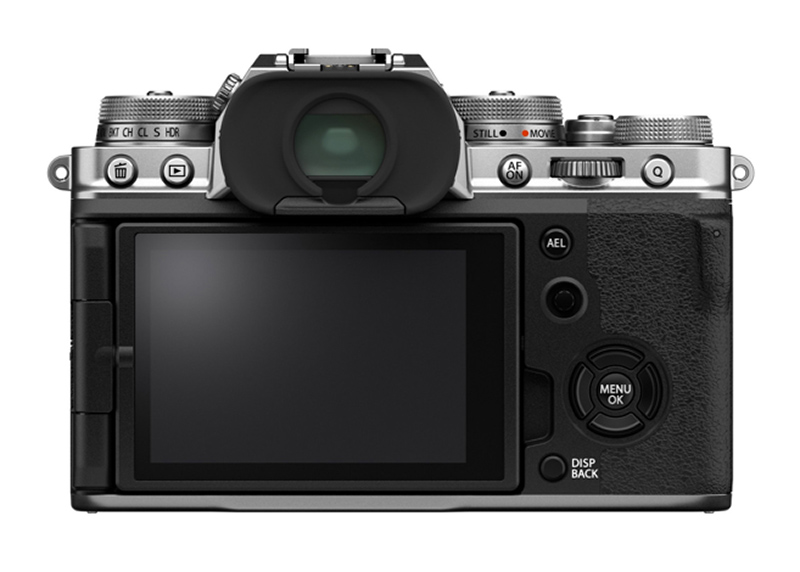
The physical build of the X-T4 is an improvement on the X-T3; there is now a fully usable hand grip, with enough depth to it to wrap your fingers around and hold the camera tightly and comfortably in one hand. The interface too has changed; there is now a dedicated AF-ON button for those, like me, who shoot using back button focus. Moreover the Quick Menu (Q) button has been relocated to take it out of the zone of one’s thumb, so that you don’t accidentally press the (Q) button when you’re aiming for the back button focus button. The AE-L button now sits slightly below the AF-ON button, between AF-ON and the joystick, which means that everything you need to focus and hold exposure is within the reach of your thumb. It’s inspired design!
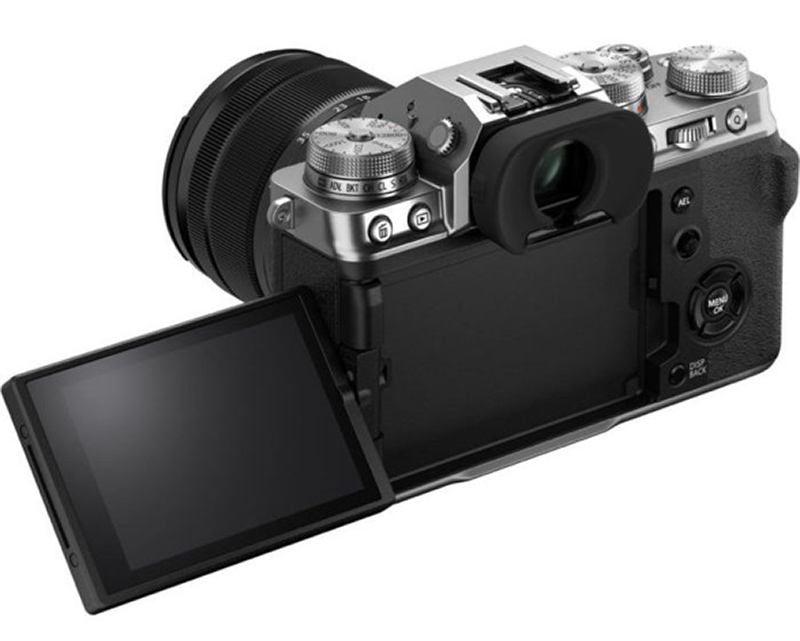
The X-T4 also comes with a vari-angle LCD, which allows you to flip it out and spin it around. It’s designed to make movie recording easier and more intuitive, but works remarkably well for stills photography shooting with the X-T4 mounted on a tripod, or for low- or high-angle shooting, where the LCD can be angled to provide optimum view of the scene being photographed.
But the key selling point of the X-T4 is IBIS — in-body image stabilisation, which up until this point was only available in the bulkier X-H1. The X-T4’s IBIS is formidable. With most X lenses, you’ll get around 5 – 6 stops of stabilisation; and with most primes and some wide angle zooms, you get up to 6.5 stops of stabilisation. I’m curious as to why the greatest stabilisation occurs with wider-angle lenses where you generally don’t require as much stabilisation, while the long telephoto lenses (the 100-400mm, the 55-200mm and the 50-230mm) only give you 5.5 to 6 stops. Sure, the difference is marginal, but still a curious point of difference.
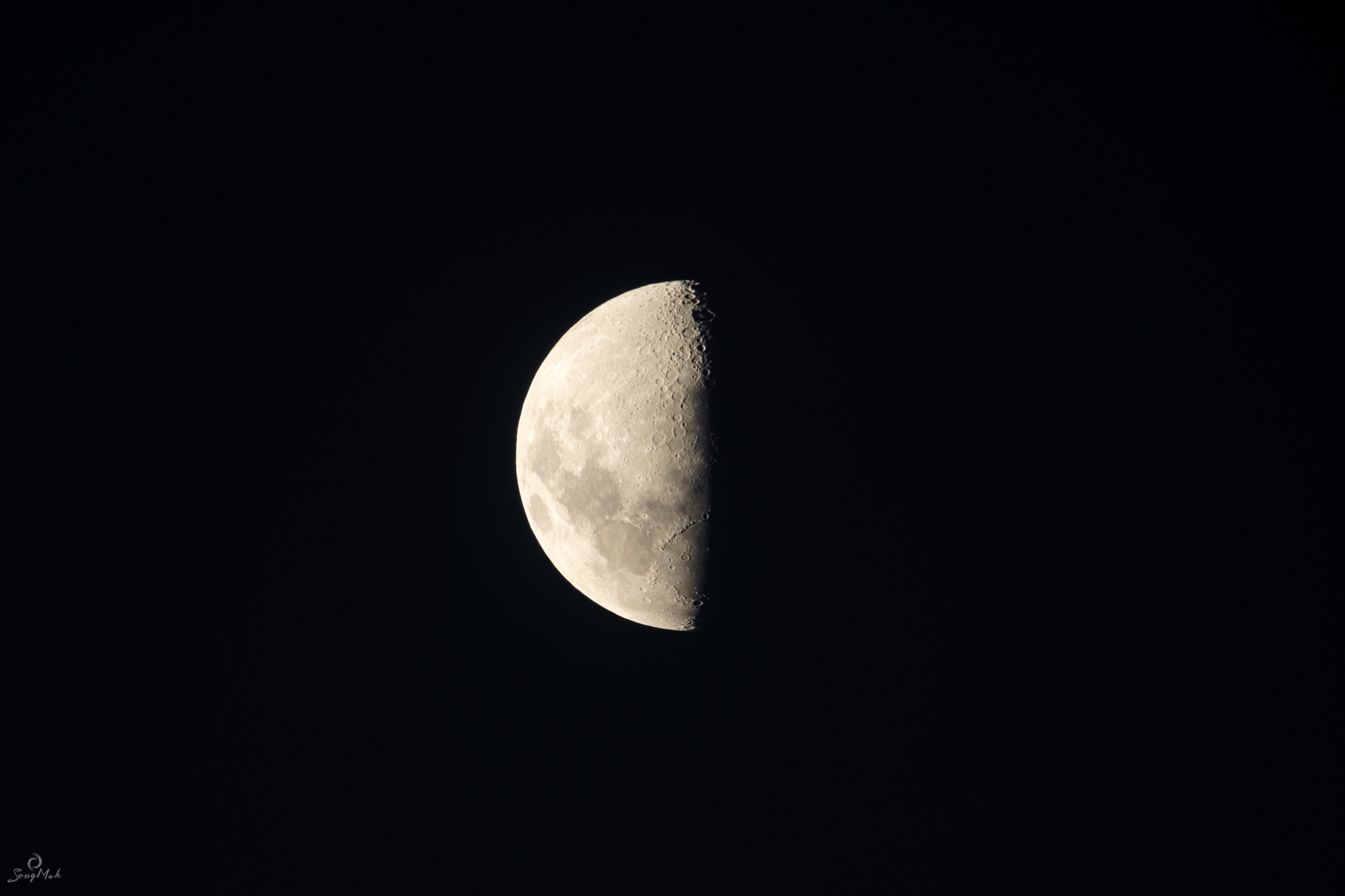
375mm, ISO 160, 1/60 – hand held

360mm, ISO1600, 1/40 – hand held
Regardless, the IBIS on the X-T4 is formidable. I was able to shoot at full 400mm at 1/8 hand held, with only slight softening of the image. Think about it — at 400mm on a crop frame, you’re effectively shooting at 600mm and getting away with an acceptably sharp image hand held at 1/8. I’ll wait a moment for you to pick your jaw up from the ground.

400mm, f/5.6, 1/8, ISO 800 – hand held

100% crop of the above image.
Note that to use IBIS with lenses with optical stabilisation (OS), you need to switch OS on in these lenses.
In addition to IBIS, the X-T4 features new and improved autofocus — both on the speed and sensitivity of the camera’s autofocus and its ability to focus track. The X-T4 boasts up to -6 stops EV when autofocusing in low light, which means that your AF on the X-T4 should work perfectly well in dim conditions.
For sports, action and wildlife photographers, however, the improved AF and tracking is is sensational. Thanks to the participation of a few people from my neighbourhood, I was able to test this by shooting some sports in the local park – basketball, volleyball and soccer. I used AF-tracking and also enabled face/eye detection, and the autofocus did not miss a beat. If it could detect a face, no matter how small in the frame, it would lock on the face; otherwise, it tracks very well using the AF tracking mode on the camera.

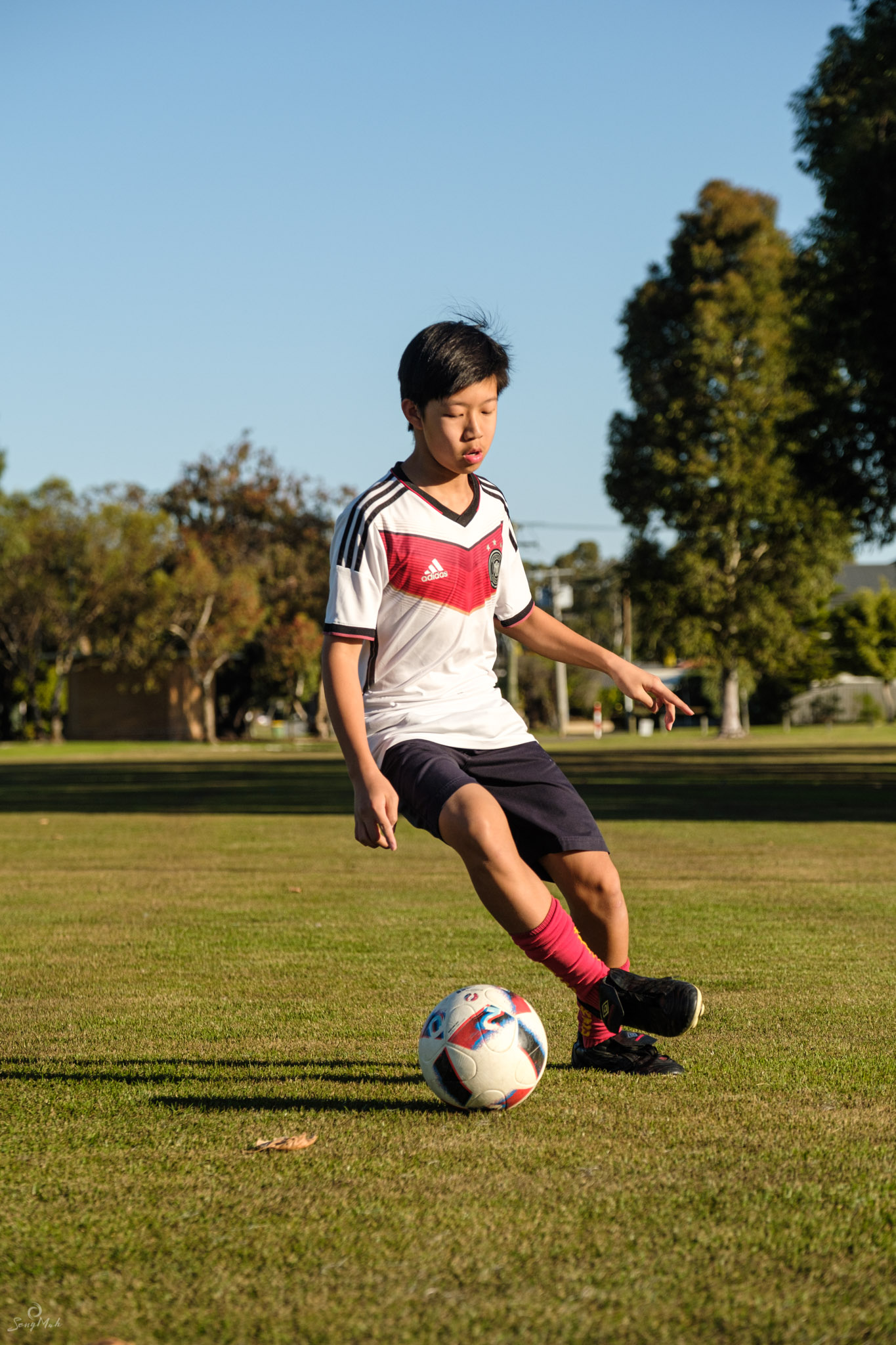
The ability for the AF to track and hold onto a moving subject is also excellent; shooting birds in flight across a fairly busy background (mudflats) at a local lake showed the X-T4 hanging focus on the bird, without the AF being confused or distracted by the background. The Af was also accurate enough for me to pick focus on a heron hidden behind foreground reeds and lock focus on it. Impressive.


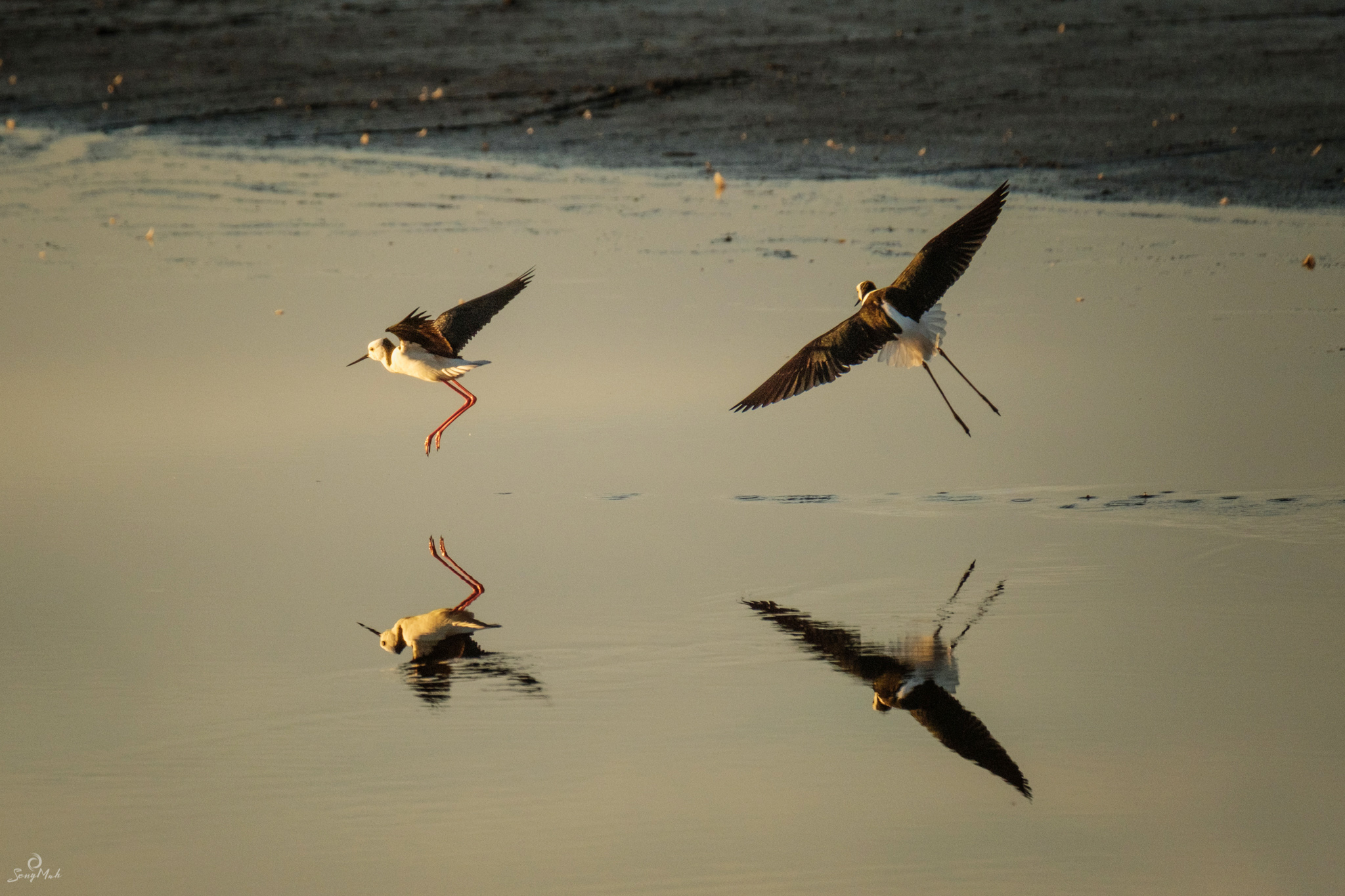

Coupled with an increase in drive mode frame rate capture — an increase mechanical shutter frame rate from 11 frames per second on the X-T3 to 15 frames per second on the X-T4, or a whopping 30 frames per second on electronic shutter with a 1.25x crop — you won’t miss a moment if you machine-gun away with your shutter on a rapidly moving subject.
The improved face/eye detection on the X-T4 also comes in handy for portrait photographers and unlike previous instances of the detection algorithm, the X-T4 face/eye detection now has the smarts to optimally pick faces or eyes that you want in focus.


The X-T4 uses a new battery — the NP-W235 which packs more charge (essential for IBIS) and can give you 300-400 frames per full charge. However, the X-T4 doesn’t come pre-packaged with a battery charger. Instead, you’ll have to charge the batter in camera if you use it out-of-the-box, with a USB-C charging cord. The BC-W235 charger is available to purchase separately and it lets you charge two batteries at once, with LED screens that show you the % charge. The charger is priced at around AUD$130 – AUD$140 at time of writing.
Fujfilm X cameras pride themselves in their film simulation, which produces digital visual equivalents of the “look” of their famous line of film negatives and slides. The X-T4 introduces the “Eterna Bleach Bypass” simulation, which sits on the opposite end of the spectrum to the Velvia simulation. “Bleach Bypass” gives a highly desaturated, almost to the point of monochrome, but higher toned/contrast look to your images. It gives a creative look for some moody portraits and landscapes, especially when you’re shooting in high contrast light or in directional, diffused light.
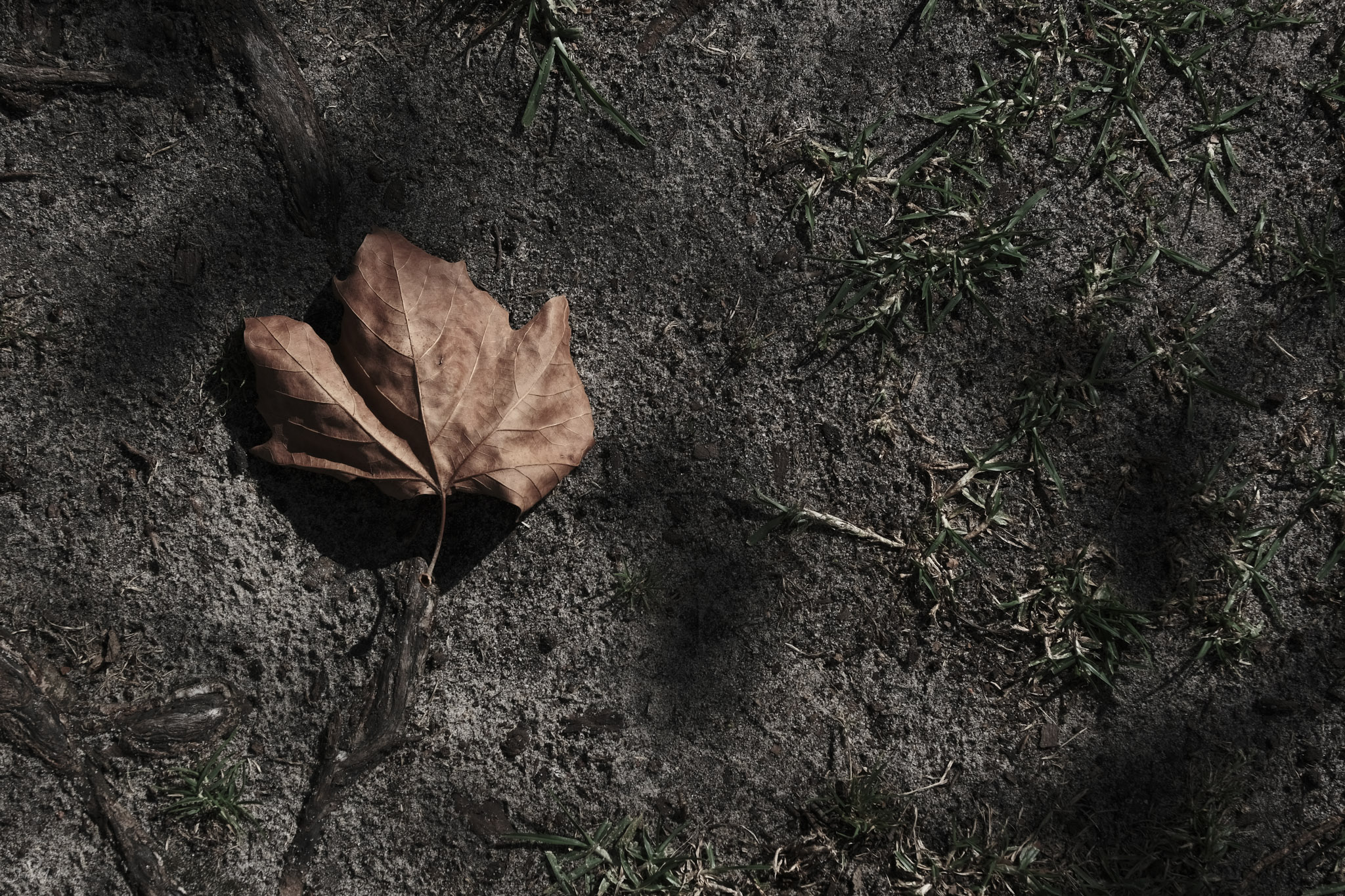
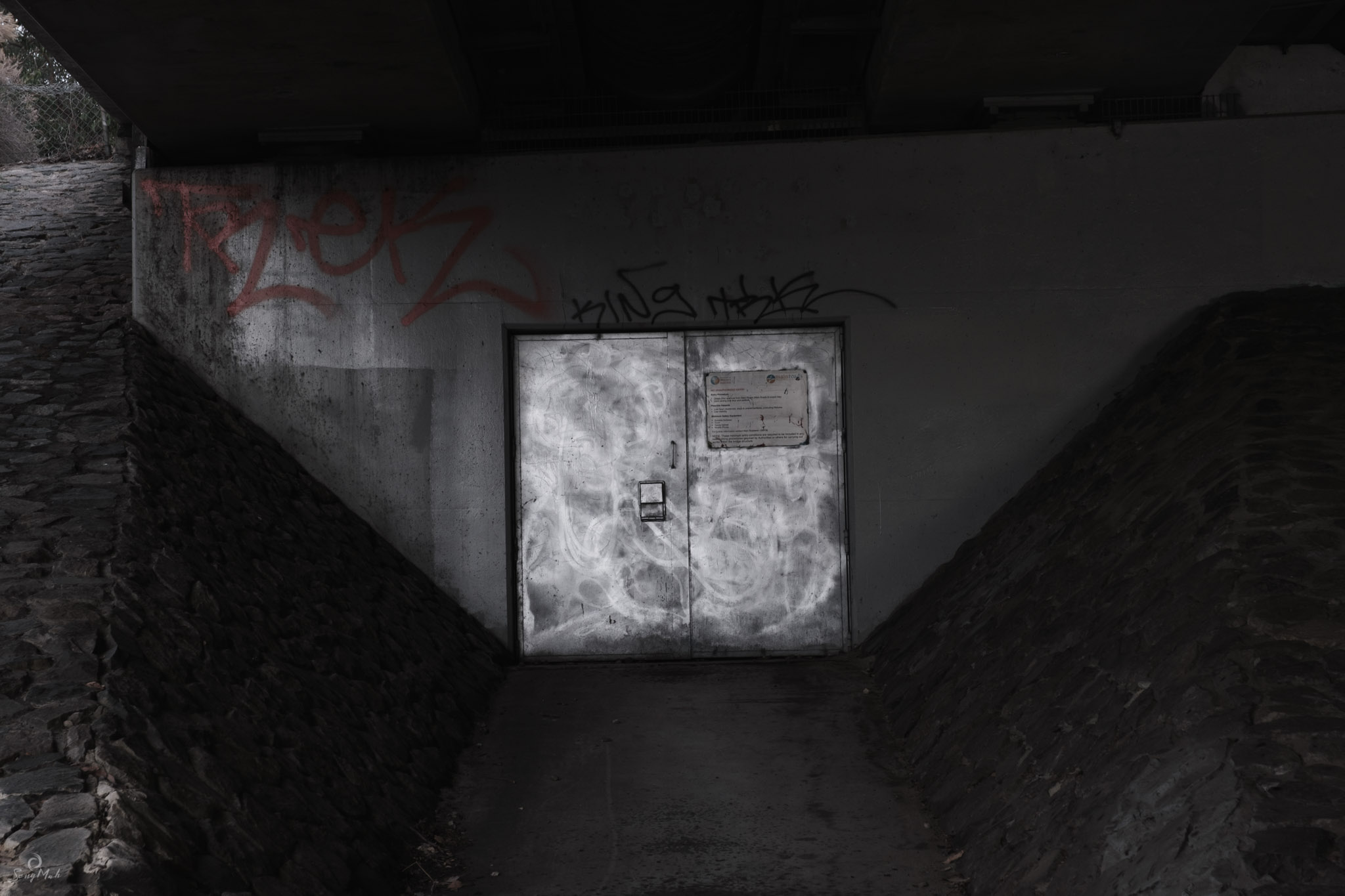

Examples of Eterna Bleach Bypass Film Simulation
The X-T4 comes with a number of new options. Users will notice two new Automatic White Balance (AWB) options: AWB White Priority, which prioritises the reproduction of whites in scenes; and AWB Ambience Priority, which will prioritise the maintenance of ambient lighting (eg. tungsten) in the scene. The Boost Modes also feature new options on the X-T4. Traditionally, the Boost Mode provides boosted “detail” in the LCD/EVF for photographers, to make seeing and shooting in difficult lighting easier. The X-T4 now presents three Boost Mode Options to choose from: Low Light Priority (brightens the display so you can see detail in low light), Resolution Priority (to allow you to see detail more clearly) and Frame Rate Priority (which refreshes the LCD/EVF more quickly for when you’re photographing fast moving subjects, to create smoother visible movement in the LCD/EVF). The X-T4 LCD and EVF also appears brighter and shows more detail in shadows than in the X-T3, which helps when you’re shooting indoors or in low light conditions.
Users of the X-T3 will find the X-T4 a familiar camera, with advancements and improvements. However, there is a small change in the way the X-T4 operates when you activate interlocking AE with AF point in spot meter. The X-T4 now only allows this to work when you’re shooting in AF-S (single shot autofocus) or AF-C (continuous focus) modes. The interlocking of the spot AE with AF no longer works in Manual Focus mode, even if the X-T4 still allows you to autofocus using the AF-ON button when you have switched to Manual Focus. For those of us who shoot using this method, it’s annoying to lose the ability to lock you AE to your AF point for spot metering — I’m at a loss as to why Fujifilm made this change as it was a very useful feature on the X-T3 and X-T2. Perhaps a future firmware update will return this features.
The Verdict
The Fujifilm X-T4 is a great improvement on the X-T3 on all levels. If you currently use an X-T3 and are eyeing the X-T4, it is worth the upgrade for the high performing IBIS, improved AF, increased fps and brighter displays. If you’re an X-T2 user looking to update, then there’s no question about it — the X-T4 is the right upgrade path to take as it bypasses the X-T3 and gives you superb use and image quality. At around AUD$2899 at time of writing, it’s not a cheapie, but it sits comfortably at a price point that sets it just below its full frame mirrorless competitors – the Canon EOS R and Nikon Z6 – to make it a viable choice. As mentioned above, the slight gain in size and weight in the X-T4 over the X-T3 or X-T2 is not something to worry about; I hardly noticed a difference when shooting with the X-T4.
Some pundits have complained about the new battery and the exclusion of a charger when you purchase the camera; but batteries change as camera bodies evolve and new batteries are needed for new performance features. Plus, the separately sold charger lets you charge two batteries simultaneously, which is very helpful.
It’s easy to fall in love (or should I say lust) with the Fujifilm X-T4. It’s the pinnacle of what photography with the Fujifilm X series at the moment and a camera for the serious and discerning photographer, who is choosing versatility, power, performance and portability in their camera.

No Comments